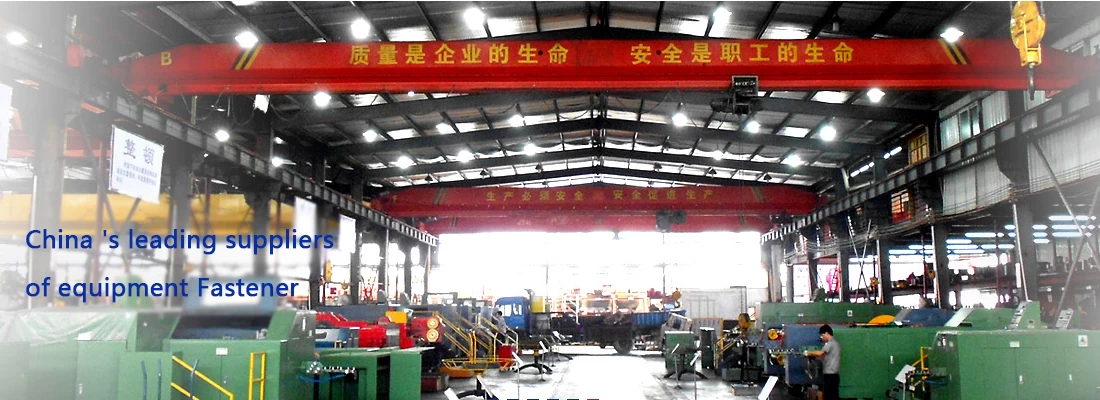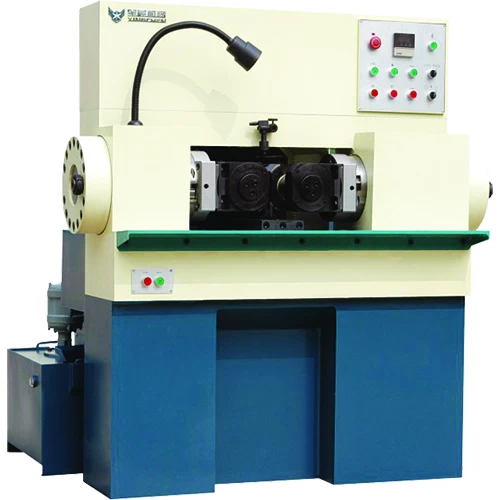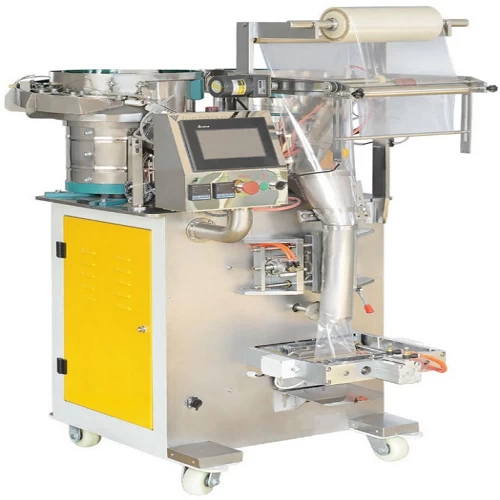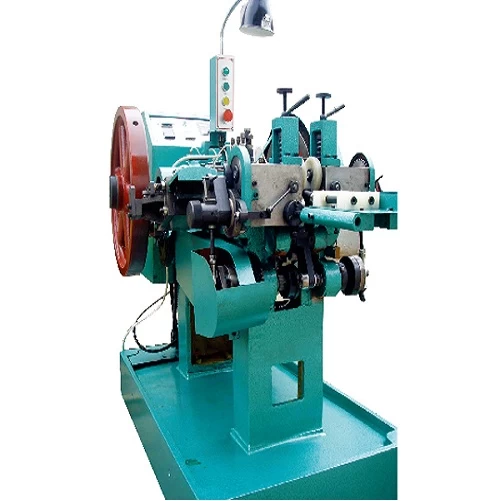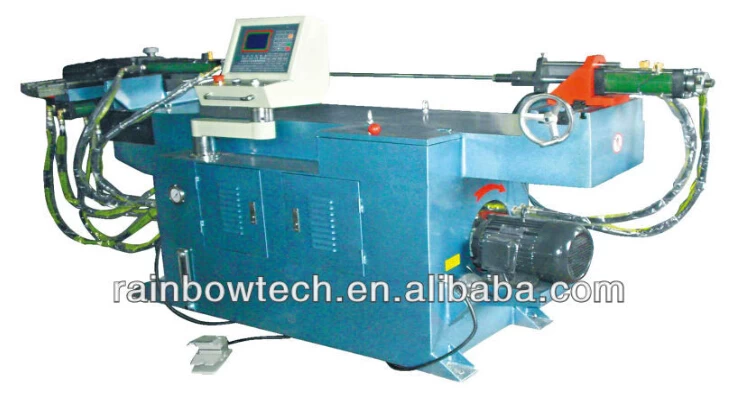The purpose of quenching
2016-09-01 18:02:44
The purpose of quenching is to strengthen steel, steel full potential performance.
Such as: improving the mechanical properties of steel, such as hardness, wear resistance, elastic limit, fatigue strength,
Improve certain special steel physical or chemical properties, such as enhanced ferromagnetic magnets, improve the corrosion resistance of stainless steel.
The main purpose of quenching and annealing
1, the purpose of quenching: The material consists of ferrite to austenite, after rapid cooling martensite phase transformation unbalance, to obtain a high hardness and strength
2. The purpose of annealing: The material consists of ferrite to austenite, after slowly but in a balanced manner the formation of ferrite phase, reduce the hardness to facilitate processing.
Quenching and tempering what purpose?
Quenching purpose:
①, to improve the mechanical properties of the metal timber or part. For example: to improve tools, bearings and other hardness and wear resistance, to improve the elastic limit of the spring, to improve the mechanical properties of shaft parts and the like.
②, improve the performance of certain materials or chemical properties of special steel. Such as improving the corrosion resistance of stainless steel to increase the permanent magnets and the like.
The purpose of tempering:
①, reduce stress and reduce the brittleness, quenching member there is a great stress and brittleness, if not timely tempering tends to be deformed or even cracking.
②, adjust the mechanical properties of the workpiece, after quenching, high hardness and brittleness, in order to meet different performance requirements of a variety of workpieces can be adjusted by tempering, hardness, strength, ductility and toughness.
③, stable workpiece size. By tempering the microstructure can hasten ten stable to ensure that in the future course of the deformation no longer occur.
④, improve certain steel cutting performance.
Such as: improving the mechanical properties of steel, such as hardness, wear resistance, elastic limit, fatigue strength,
Improve certain special steel physical or chemical properties, such as enhanced ferromagnetic magnets, improve the corrosion resistance of stainless steel.
The main purpose of quenching and annealing
1, the purpose of quenching: The material consists of ferrite to austenite, after rapid cooling martensite phase transformation unbalance, to obtain a high hardness and strength
2. The purpose of annealing: The material consists of ferrite to austenite, after slowly but in a balanced manner the formation of ferrite phase, reduce the hardness to facilitate processing.
Quenching and tempering what purpose?
Quenching purpose:
①, to improve the mechanical properties of the metal timber or part. For example: to improve tools, bearings and other hardness and wear resistance, to improve the elastic limit of the spring, to improve the mechanical properties of shaft parts and the like.
②, improve the performance of certain materials or chemical properties of special steel. Such as improving the corrosion resistance of stainless steel to increase the permanent magnets and the like.
The purpose of tempering:
①, reduce stress and reduce the brittleness, quenching member there is a great stress and brittleness, if not timely tempering tends to be deformed or even cracking.
②, adjust the mechanical properties of the workpiece, after quenching, high hardness and brittleness, in order to meet different performance requirements of a variety of workpieces can be adjusted by tempering, hardness, strength, ductility and toughness.
③, stable workpiece size. By tempering the microstructure can hasten ten stable to ensure that in the future course of the deformation no longer occur.
④, improve certain steel cutting performance.







